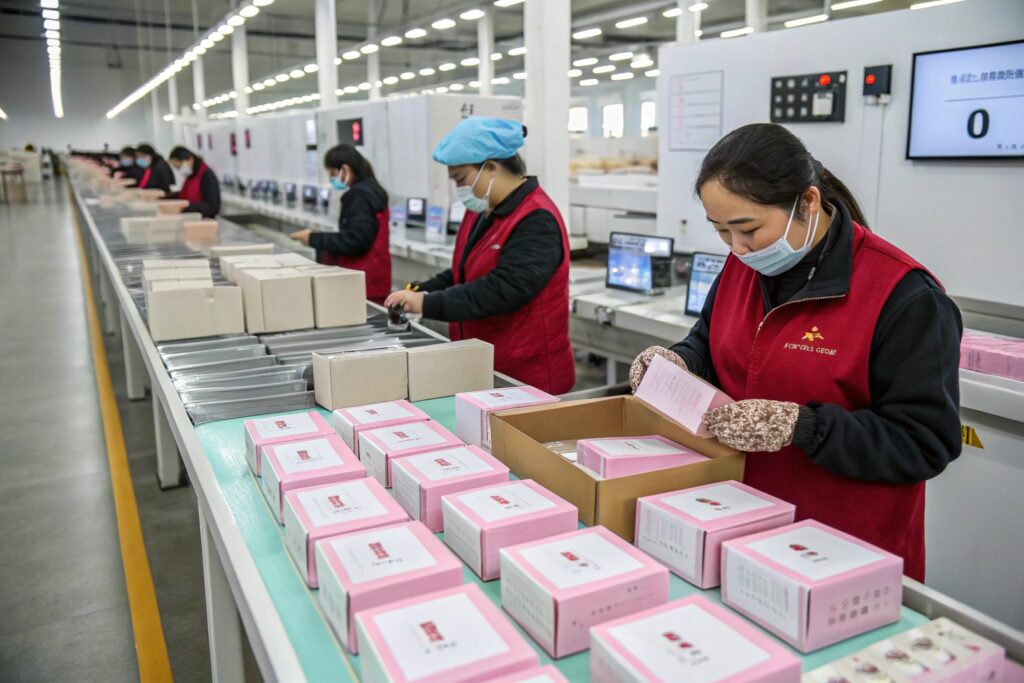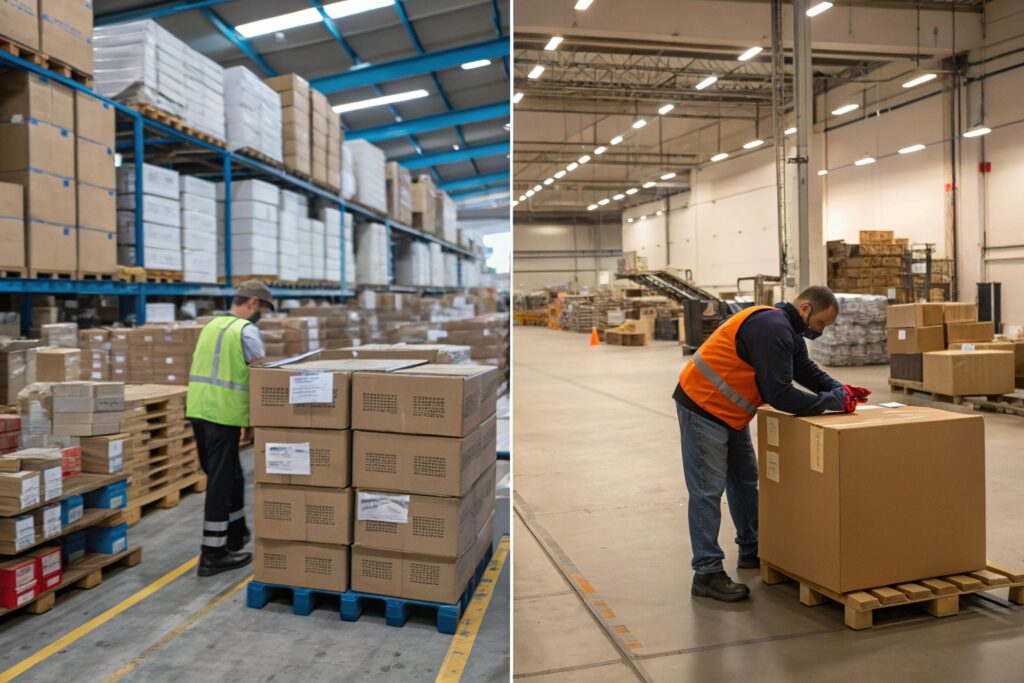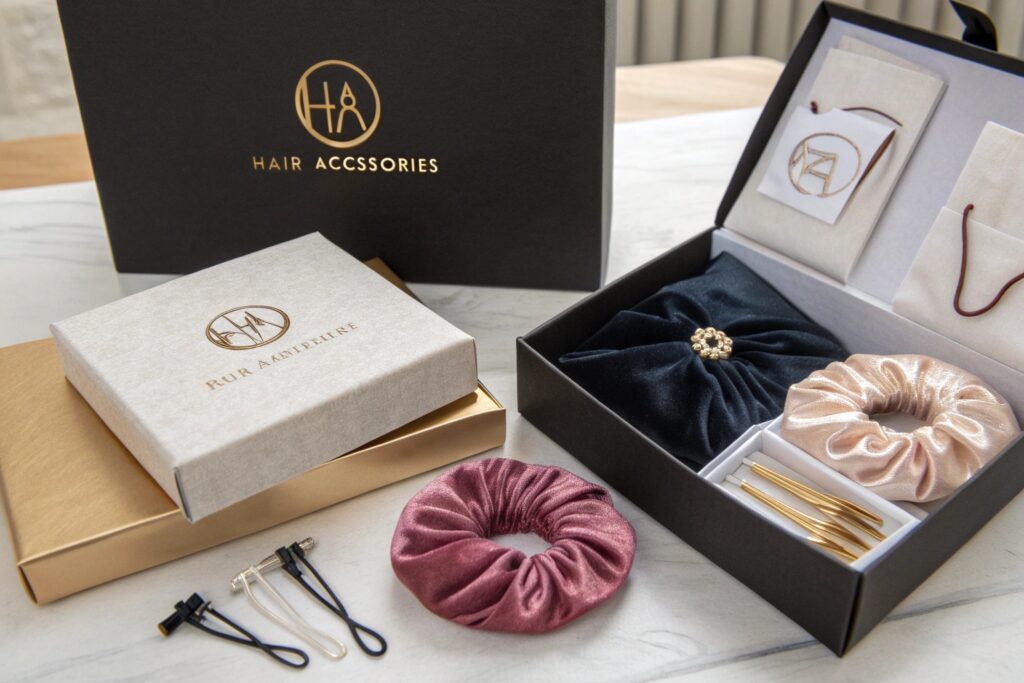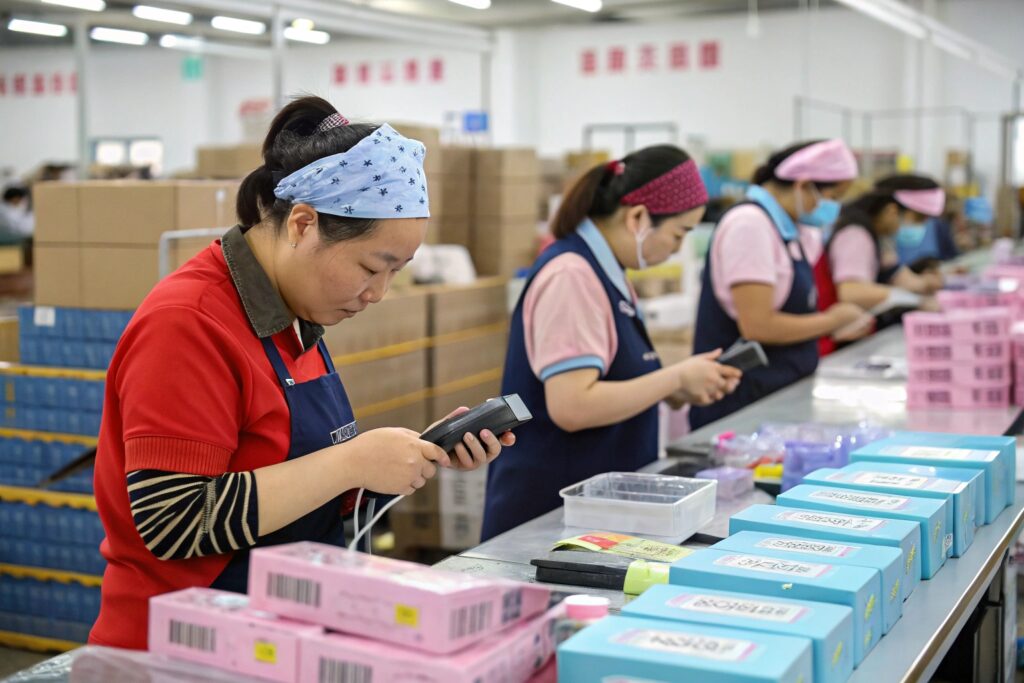In today’s fast-moving online retail world, efficiency is key. Hair accessory resellers—especially those on platforms like Shopify, Etsy, or Amazon—face rising pressure to maintain inventory, fulfill orders quickly, and meet customer expectations globally. The solution? Partnering with a factory that provides drop-shipping services directly from the source.
Factories that offer drop-shipping for hair accessories help resellers reduce inventory risk, increase speed-to-market, and lower fulfillment costs—all while offering scalable customization and branding.
As the founder of HairAcc, I’ve worked with hundreds of international clients building leaner businesses by leveraging factory drop-shipping models. Let me walk you through why this sourcing method works and how it empowers our partners.
What Is Drop-Shipping and How Does It Work in Hair Accessories?
Drop-shipping allows online retailers to sell products without handling physical inventory. Instead, the supplier—like a factory—ships the product directly to the end-customer on behalf of the brand.

Here’s how it works:
- A customer places an order on your online store
- The order is sent to our HairAcc factory system automatically
- We pick, pack, and ship the item directly to your customer, under your brand name
This model is perfect for:
- Shopify sellers
- Etsy boutiques
- Amazon FBM merchants
- TikTok and Instagram shop owners
For a deeper breakdown of drop-shipping workflows, visit Oberlo’s Guide or Shopify Dropshipping Help.
What Makes Drop-Shipping Ideal for Hair Accessory Startups?
Starting a hair accessory brand requires upfront investment, especially in stock and warehousing. Drop-shipping eliminates this burden.
Startups benefit from testing styles, colors, and SKUs without high risk. At HairAcc, we see new entrepreneurs starting with just five scrunchie styles and scaling to 50+ within a quarter. You don’t pay until you sell, allowing your brand to grow organically.
We also support founders through onboarding, packaging mockups, and marketing consultation—just as we did with one of our US clients who began with a single Etsy store.
To learn more about low-cost brand launches, explore BigCommerce’s startup guide and SaleHoo tips for small sellers.
Can Drop-Shipping Be Scaled for 1,000+ Monthly Orders?
Absolutely. Once your campaigns start scaling, the drop-shipping model scales with you.
We maintain stable inventory, consistent QC, and shipping schedules to match peak demand periods. You don’t need to switch to bulk import immediately. Many of our partners operate hybrid: high-movers in bulk, seasonal or new launches via drop-shipping.
We also use shipping software that ensures batch processing and courier tracking across US, EU, and Australia.
To discover order automation tools, visit Orderhive or explore ShipBob’s fulfillment network.
How Does Drop-Shipping Help Reduce Business Risk?
Factory drop-shipping minimizes one of the largest risks in retail: excess inventory. By only producing what sells, resellers can operate lean, test trends fast, and scale confidently.

Advantages include:
- No MOQ obligations: Order per piece
- No need to forecast trends months ahead
- Avoid storage and warehouse fees
- Reduce unsold stock waste at season-end
At HairAcc, our clients often test small campaigns with limited designs—like pearl hairpins or seasonal claw clips—before committing to larger volumes. This ensures market fit before investing in bulk.
For inventory control tips, check Inventory Planner and Katana MRP.
What Are the Risks of Overstock in Hair Accessories?
Hair accessories are often seasonal or trend-driven, meaning a design can become obsolete in weeks.
When you bulk buy and the style flops, you’re stuck. Drop-shipping avoids this by producing and shipping on-demand. You can pivot quickly, respond to TikTok trends, and adjust inventory with minimal financial impact.
You can read more about fast-moving inventory challenges at Skubana and TradeGecko insights.
Can Drop-Shipping Reduce Returns and Deadstock?
Absolutely. Since you’re not stocking large volumes, there’s less product to return or waste.
Returns often happen due to over-promising or poor fulfillment. With factory QC and direct shipping, error rates drop dramatically. And if a product is discontinued, you’re not holding dead stock.
To improve your return strategy, check Loop Returns or ReturnLogic.
What Branding Options Are Available in Drop-Shipping?
Modern drop-shipping is not generic. We provide customized packaging, logos, inserts, and even tracking under your brand identity.

HairAcc supports full branding services:
- Branded boxes or eco-friendly kraft packaging
- Custom printed hangtags, stickers, and pouches
- QR code inserts for social media or promotions
- Shipping labels that list your brand name, not ours
These upgrades help small brands appear professional and trustworthy—especially for Etsy, TikTok, and boutique customers.
Learn more from Packhelp and Sticker Mule.
How Do Branding Elements Influence Customer Perception?
Branding is more than a logo—it’s how your customers feel when unboxing.
With custom inserts, soft-touch packaging, and social prompts inside every parcel, customers see professionalism from first touch. This builds loyalty and encourages repeat purchases.
We offer velvet pouches, thank-you cards, and influencer-friendly unboxings—all printed under your name, not ours.
To explore branding success stories, visit Printful case studies or read Brandfolder’s packaging strategies.
Are There Dropshipping Success Stories in This Niche?
Yes. Dozens of clients have grown 6-figure accessory stores using factory drop-shipping.
One TikTok brand scaled from 20 daily orders to over 800 using HairAcc’s DDP shipping and TikTok Shop sync. Their butterfly claw clips and layered headbands went viral, and our fulfillment handled the spike.
Success depends on product quality, speed, and branding—all of which drop-shipping simplifies.
You can read more about similar brands at Spocket’s brand growth stories and Zendrop merchant features.
What Platforms Work Best with Factory Drop-Shipping?
Drop-shipping works best when automated. Most factory suppliers integrate with platforms like Shopify, Etsy, and more—making order flow seamless.

HairAcc integrates with:
- Shopify APIs (direct order push)
- Etsy CSV fulfillment exports
- TikTok Shop / TikTok Creator Marketplace integrations
- Google Sheets order tracking
We also support clients using:
- WooCommerce
- Amazon FBM (Fulfilled by Merchant)
- Custom-built stores
See how integrations work at ShipStation and DSers.
How to Sync Orders Automatically with E-Commerce Platforms?
Most platforms allow automated push systems. We help you install apps that send customer orders directly to our factory without manual intervention.
This removes errors, saves time, and ensures fast fulfillment. Whether you sell one unit per day or hundreds, our order sync tools scale with your needs.
Explore how automation works with AutoDS and Shopify Flow.
Can TikTok Shop Be Integrated into Drop-Shipping?
Yes, TikTok Shop is rising fast in beauty and fashion. We’ve synced with TikTok Shop backend systems to receive orders directly and handle local delivery options.
HairAcc offers US-optimized shipping methods and supports influencer campaigns. When your clip or scrunchie goes viral, we handle the sudden spike in demand.
See how TikTok Shop works at TikTok Shop Seller Center and eCommerce Fastlane Tips.
Conclusion
Partnering with a factory that offers drop-shipping services is not just a fulfillment solution—it’s a growth strategy. You cut risk, cut delays, and launch new hair accessory products faster than ever before.
At HairAcc, we believe that speed, flexibility, and branding must go hand in hand. Our drop-shipping partners gain access to our entire catalog—headbands, scrunchies, barrettes, and more—without holding inventory.









